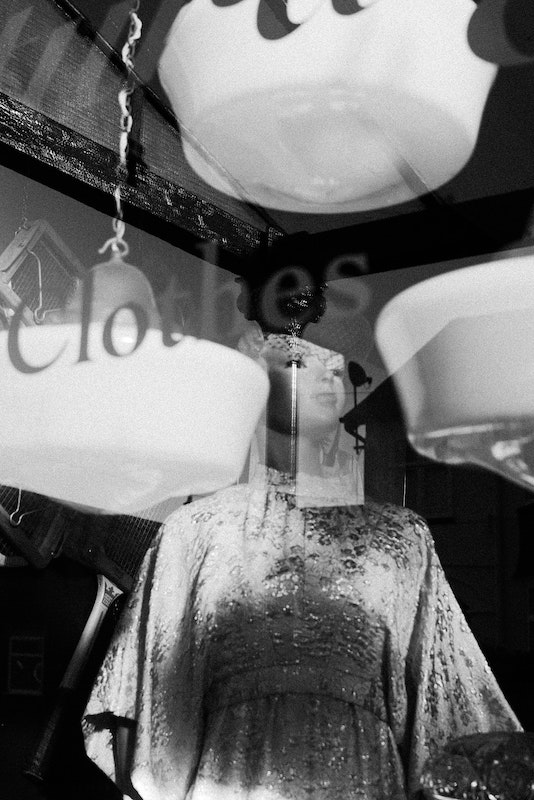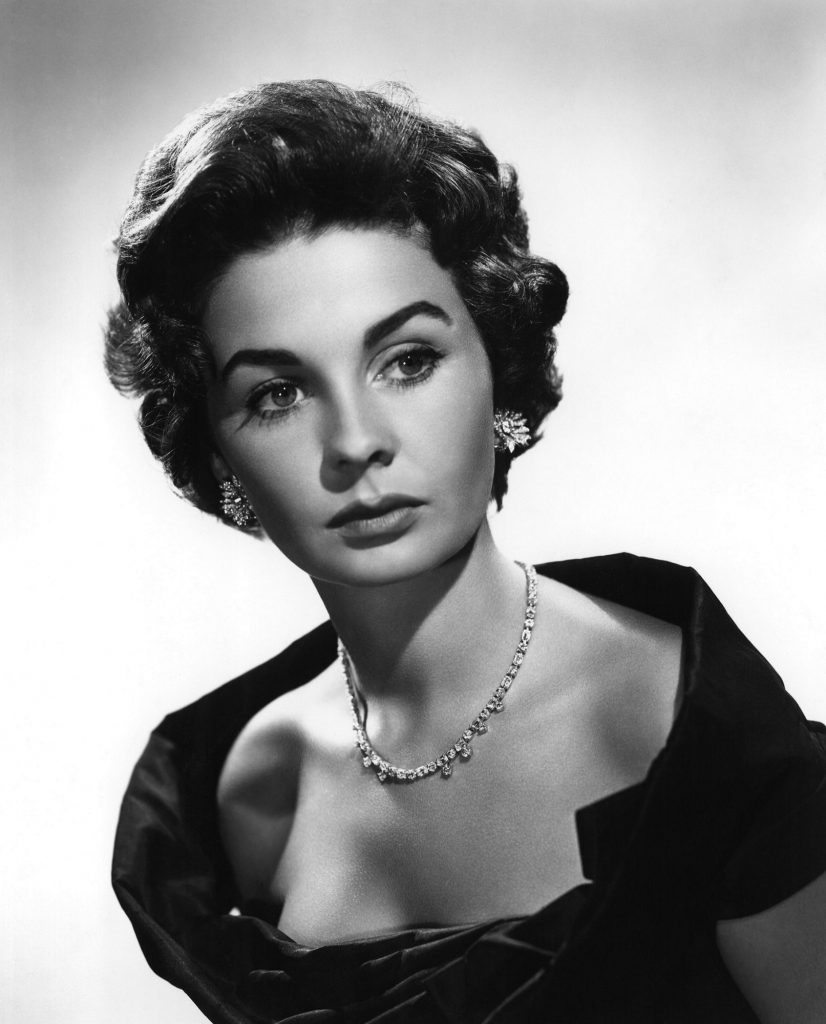Print to Digital Media – The Inevitable Evolution of Fashion Journalism
Wearing clothes is something that has become so natural to us humans. It’s something that we all do, from waking up in the morning and putting on our favourite outfits, it has become an instinctive part of our routine. Clothing has been around for centuries as anthropologists estimate that it could’ve been somewhere between 100,000 to 500,000 years ago when the from when humans first started wearing them [1]. Often made from natural materials such as animal skins, grass, leaves, bones and shells, it’s clear the history of fashion has fundamentally progressed from its humble beginnings. But when did the concept of fashion begin? Clothing has always been a sign to suggest class and wealth throughout society but now the meaning of fashion, in my opinion, has shifted to become something much more personal and meaningful to who we are as people and it is captivating to see how this change came about through fashion journalism.
The communication of fashion was first established during the late 18th century, where ‘fashion plates’ were inscribed to display ladies and the clothes that their dressmakers made – they were a defining moment in history that decided what the most fashionable society was wearing in London and Paris [2]. The plates conveyed the newest and latest styles of shoes, clothing and hairstyles and paved the way for dictating the future of style. Although the fashion plates can ultimately be described as the origin of fashion news, it wasn’t until French newspaper ‘Mercure Galant’ printed the first publication that was dedicated to fashion in 1672 [3]. In that moment, that French magazine turned the topic of fashion into something worth reporting on and essentially marked the start of fashion becoming a universal subject in our everyday lives for many.

In the nineteenth century, publications of newspapers and magazines were booming, and this made it more accessible for people to read and be included on the latest fashion crazes. With advances in printing technology, as a result of the invention of the printing press, it made it easier for readers to get their hands on the freshly printed news outlets. Although these fashion plates and publications were first targeted at women, some fashion magazines such as ‘Records of fashion’ and ‘The Regimentals of the Army’ were aimed specifically at men – which shows the significant impact that fashion has over culture as opposed to one particular gender [4].
From fashion plates to photographs – the twentieth century also saw an evolution in the way that fashion journalism was being displayed. Photography was now being used as a new method for designers and publishers to showcase their most recent clothing creations in a modern way. The need for fashion plates where no longer as photography preceded a new era for the presentation of fashion images. In 1911 Edward Steichen was declared the first fashion photographer as over the years he compiled a portfolio of photography that displayed his vibrant flare for the art [5]. He went on to work for prestigious fashion magazines such as Vogue and Vanity fair, where his photography of social figures and celebrities captured the most desirable clothes.

In 1934, Fashion editor, for the New York Times, Virginia Pope brought live fashion shows to life as she was the first person to report on high fashion [6]. The haute couture collections from Paris became a hot topic of conversation as it was Pope’s journalism of such that elevated Paris into becoming one of the capitals of fashion that we are aware of today.
With the rise of the internet and the constant advances in technology, it has revolutionised the way in which we now consume media and news. With just a tap of your finger you can from the device tucked away in back pocket, it’s now easier more than ever to access a plethora of information on the internet. With only a select few traditional fashion publications left in our sphere, many have now inevitably taken a digital leap and turned to producing their content for online platforms. With cheaper production costs and information made to be easily obtained; it’s a no brainer that fashion magazine companies have made these decisions to transfer their content to online platforms. They say a picture paints a thousand words and in the case of fashion journalism, this is the truth [4]. Social media platforms like Twitter, Instagram and Snapchat have enhanced the way in which we ingest our fashion news. It is something that new we retain this information sub-consciously, whether you’re looking at an image of your favourite celebrity or influencer, our brain tells us the clothes and styles that we do and don’t like, giving us inspiration and style tips.

It’s safe to say that technology has innovated the way in which fashion journalism has changed. Although it’s sad to see that these more traditional forms of fashion journalism are now becoming a ghost of the past, I am still only more keen than ever to find out what the future holds for the next generation of fashion journalism.
Sources
- https://www.thoughtco.com/history-of-clothing-1991476#:~:targetText=It%20is%20not%20certain%20when,leaves%2C%20bone%2C%20and%20shells.
- https://www.npg.org.uk/research/fashionplates/fashion-plates-introduction
- http://www.fashionencyclopedia.com/fashion_costume_culture/European-Culture-17th-Century/First-Fashion-Publications.html
- https://thefashionglobe.com/the-evolution-of-fashion-journalism
- https://www.thedailybeast.com/a-celebration-of-edward-steichen-the-worlds-first-fashion-photographer
- https://www.nytimes.com/1993/10/24/magazine/our-miss-pope.html
coursework plan coursework average calculator coursework science data analysis coursework